James Hyman Gallery opened in 1999, aspiring to deal in museum quality fine art of art historical importance, with a particular focus on twentieth century British artists. In 2008, James Hyman began to develop a programme of photography exhibitions, which led to the creation of a new company, James Hyman Photography. The gallery has since hosted many high-profile photography exhibitions, including one devoted to the work of Linda McCartney, co-curated by Paul McCartney and James Hyman.
As well as exhibitions, art fairs, scholarships, and selling and loaning works to museums and public collections across the world, James Hyman maintains a core business as an art advisor. He supplies bespoke, expert advice to both first time and experienced collectors of art and photography. In this interview, he gives us an insight into the UK’s current photography market.
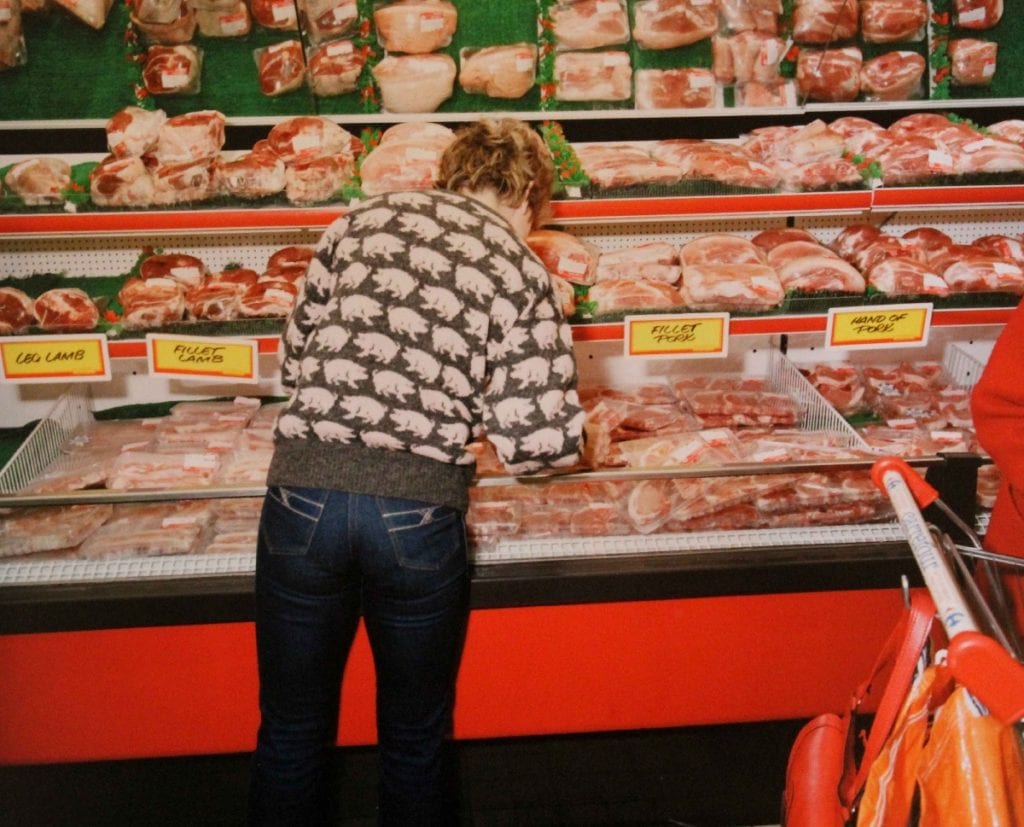
What excites you the most about exhibiting your artists at Photo London?
We have exhibited at Paris Photo and the Aipad Photography show in New York for many years, but it’s very exciting to be part of something so big in London. It’s great to discover new collectors in the United Kingdom and to see so many international visitors.
For a number of years, London lagged behind other countries in its engagement with photography. There is certainly an audience for photography exhibitions, but it has been slow to develop in terms of collecting. Photo London is a great boost to this aspect of the photography world. With dealers from all over the world, special exhibitions and a talks programme, it is a brilliant example of how we can and should all work together to boost the profile and appreciation of photography in Britain.
Which artists’ work will you be showing at Photo London? Why?
Whilst we will be showing photographs from Talbot, this year we have decided to focus on museum pieces. This will include works by Bill Brandt, Harry Callahan and Walker Evans. These pieces were formerly in museum collections but have been deaccessioned. It’s a wonderful opportunity for collectors to acquire works of the highest quality with an exceptional provenance.
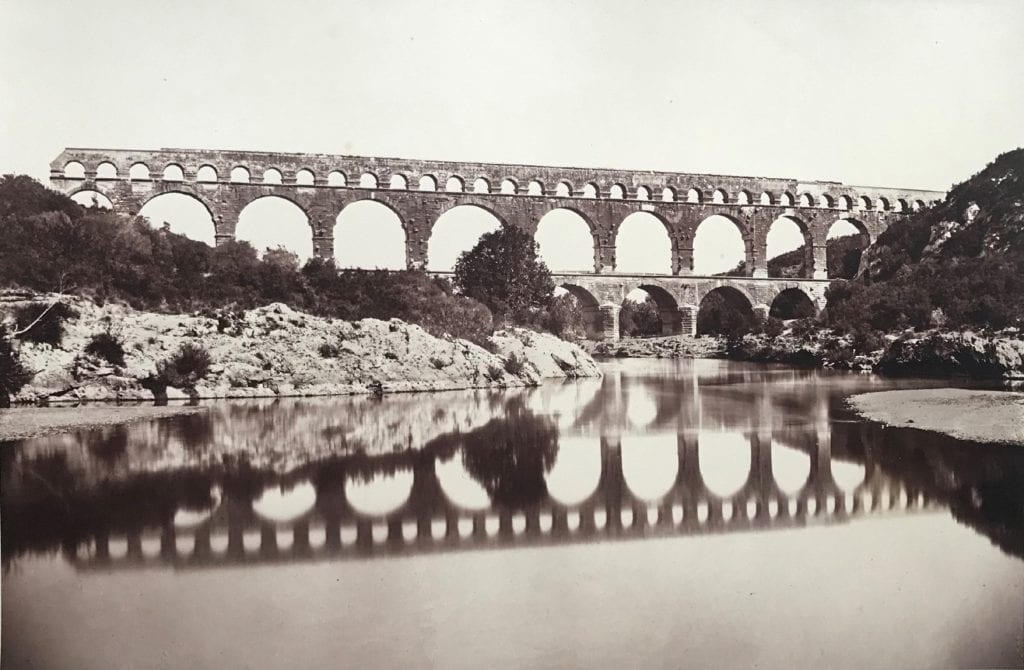
James Hyman prides itself on its art historical significance. How is your collection utilized by museums?
Aside from dealing in photographs, at James Hyman we separately also collect photography. The Hyman Collection is broad in time and place, but in recent years we have tried, especially, to champion British photography. We recently donated 125 photographs to the Yale Center for British Art – these included works by Bill Brandt, Bert Hardy, Chris Killip, Jo Spence, Martin Parr, Anna Fox. We also lend extensively; our website uses the collection as an educational resource, and from there, museum curators can request loans.
Do you think the approach to new and vintage photography is different?
New photography is far more standardised in terms of editions and sizes. Vintage photography often has a more handmade feel; the paper really matters, as does how the photograph is printed, its size, scale, and presence. The negative may be the same, but one print could vary greatly from another. It’s far easier to collect new photography, even online. Vintage photographs really need to be seen in person, up close. A contemporary photograph may have a seductive size and an immediacy, whereas the vintage photographs that I love speak more quietly.
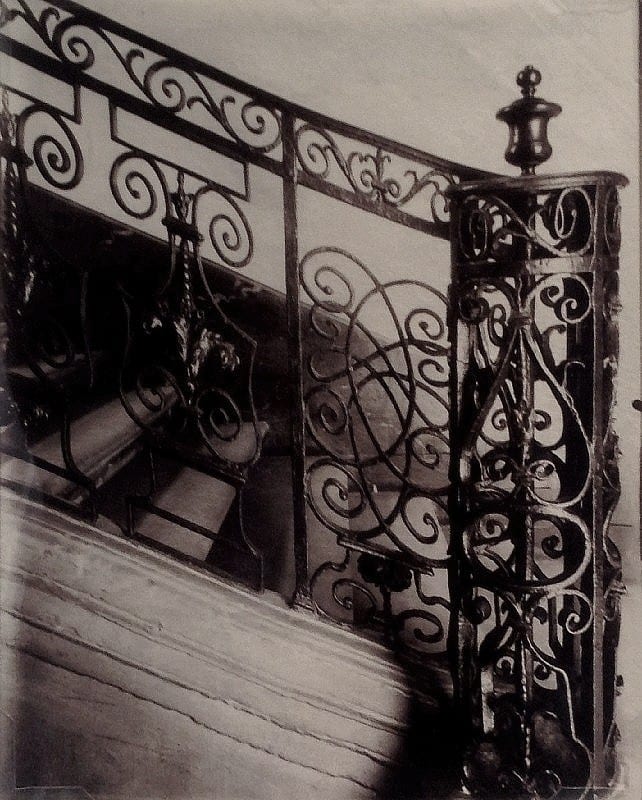
How can new collectors start to develop their photographic knowledge?
Art fairs such as Photo London are a great place to start building your photographic knowledge. At some contemporary fairs, it feels like the dealers are guarding their knowledge, but photography dealers love to share. Going around a fair is an opportunity not only to see a lot of work, but also to engage with it on many different levels. Engaging in conversations with dealers is an invaluable part of the process.
In your opinion, what are the key trends in photography collecting?
I’d pick out two aspects. Firstly, British Photography is finally gaining the profile and the collectors it deserves. We have some of the greatest photographers in the world, but their status and quality is rarely matched by their prices or sales. This is all changing. Prices are rising and collectors are growing. There are also good institutional developments reinforcing existing networks; Tate Britain now as a curator of British Photography, Burberry recently staged an incredibly popular show of British photography (for which we were one of the main lenders), Martin Parr has opened his foundation to promote British documentary photography, and in America, the Yale Center for British Art now has a photography curator and is deepening its engagement. There are also an increasing number of British photographers represented by American dealers, which helps their international stature.
Secondly, an increasing number of photographers are reacting against the sterility of some contemporary printing and are emphasising the handmade, whether through the use of early printing processes or by intervening by hand. I’ve always liked this tension at the heart of the medium between experimental, exquisite, intimate, unique and hand-made photography, and photography as a method of mass reproduction. I like the object quality of a photography, not just its imagery. Visiting a fair such as Photo London is a great way to appreciate what a diverse medium photography is.
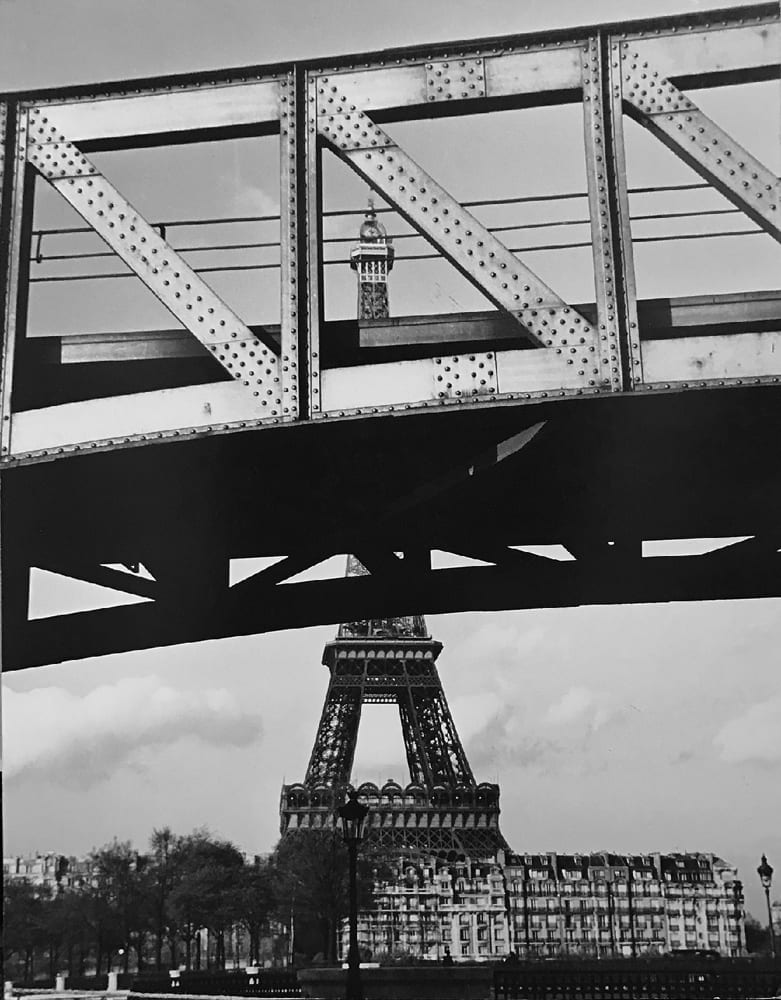
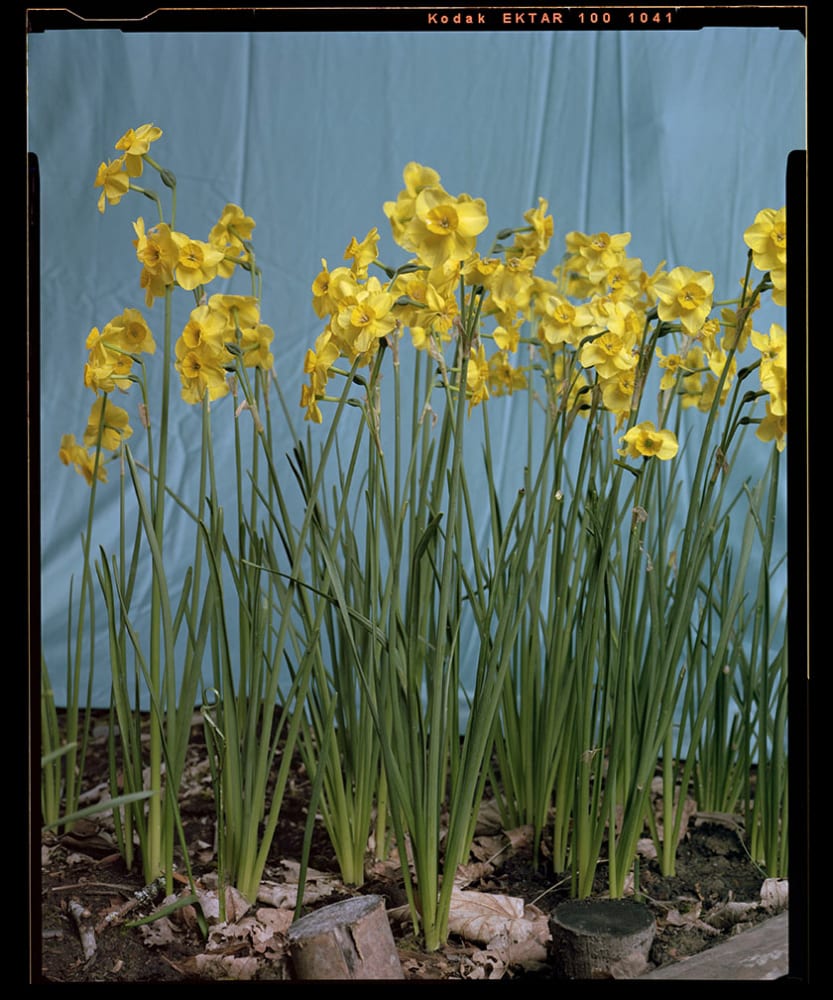
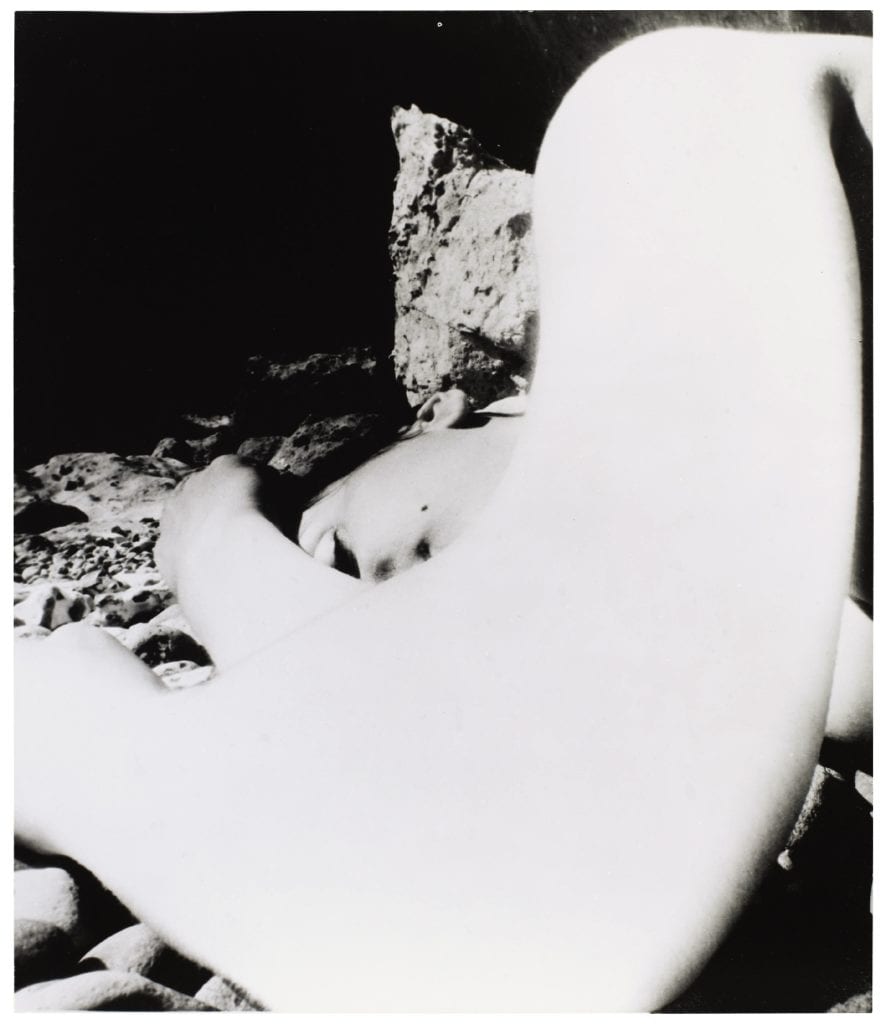
Visit James Hyman Gallery in C8 West Wing at Photo London between 17-20 May
